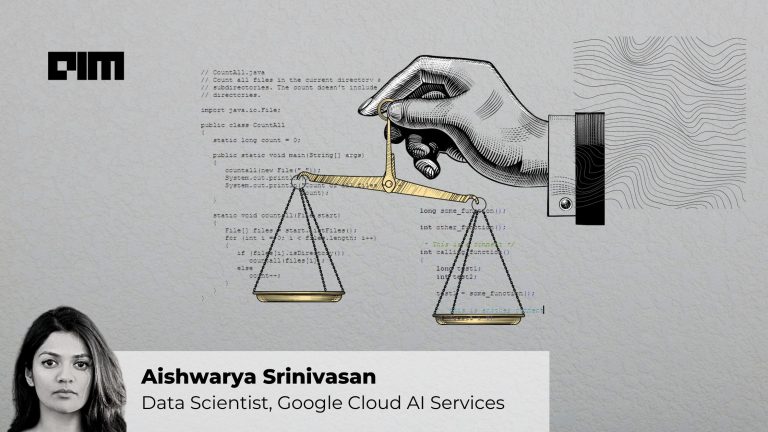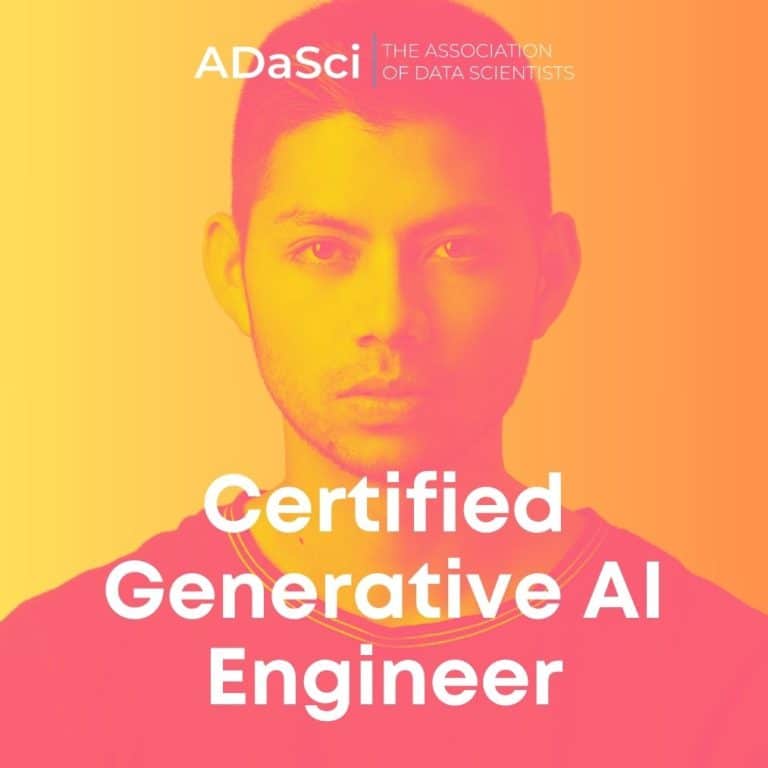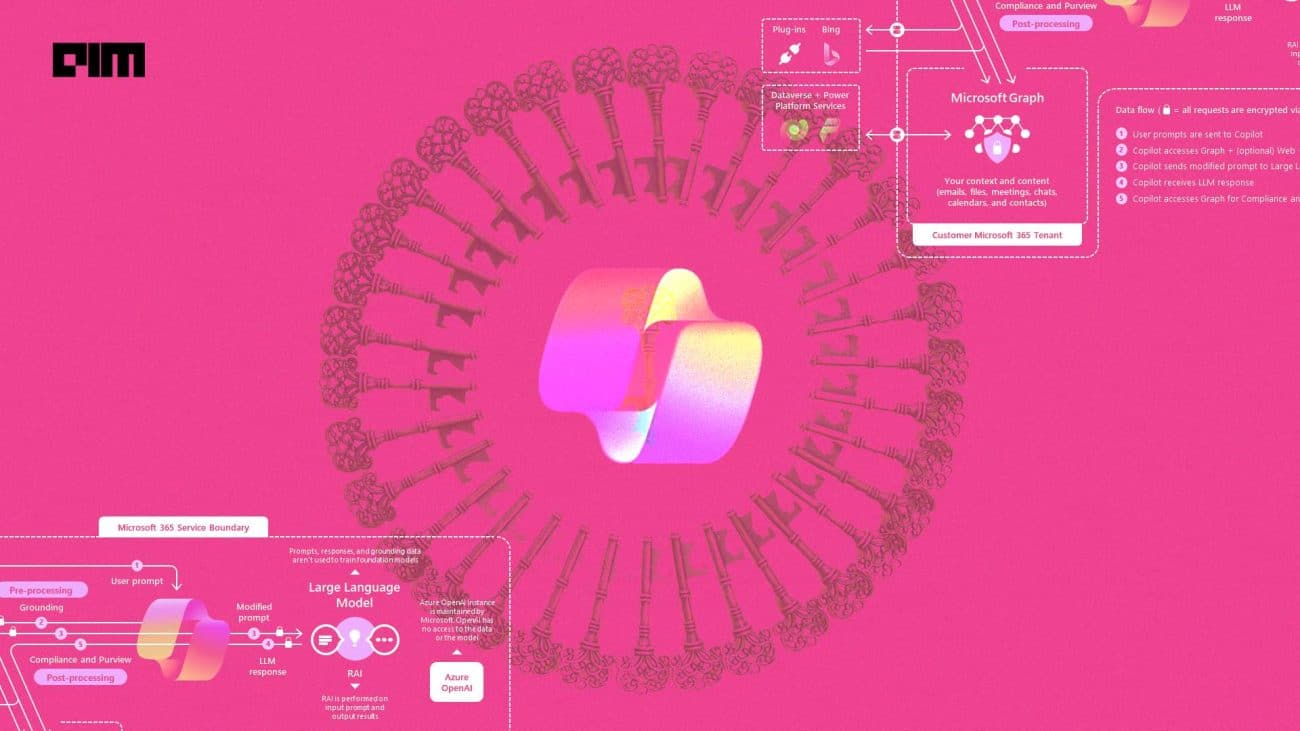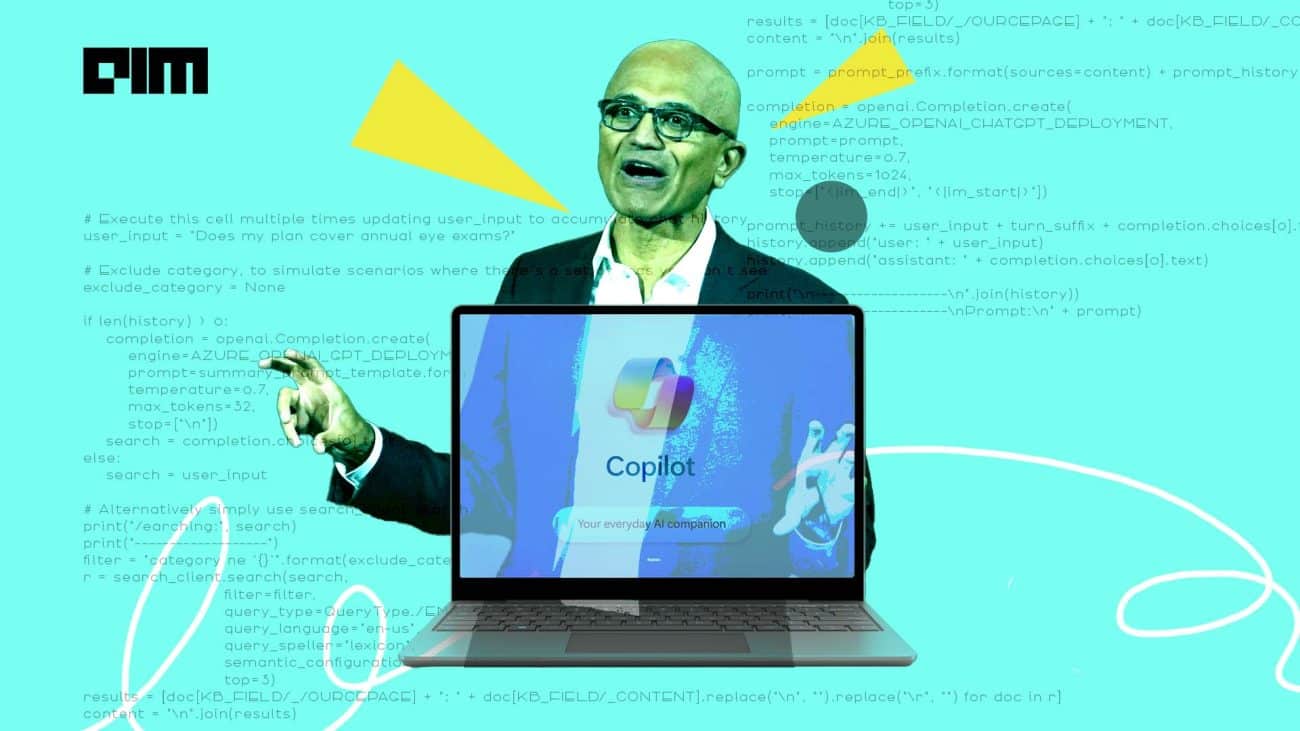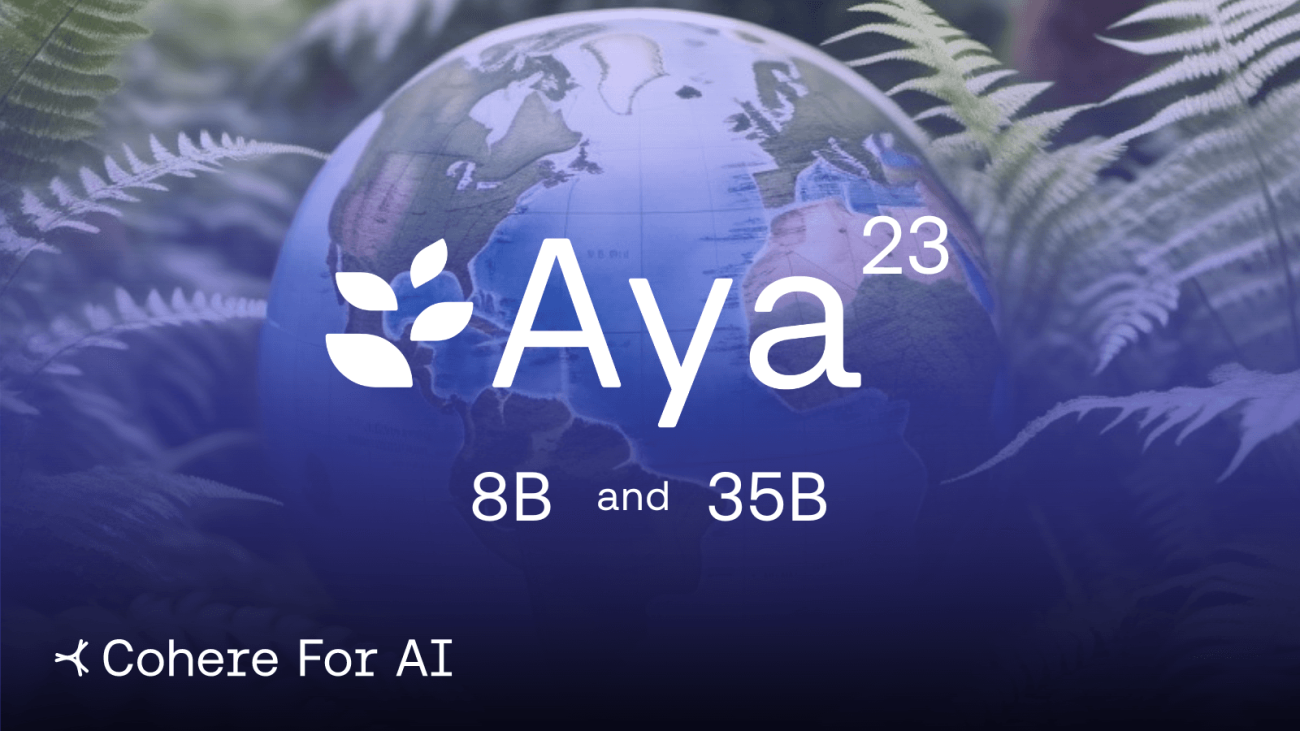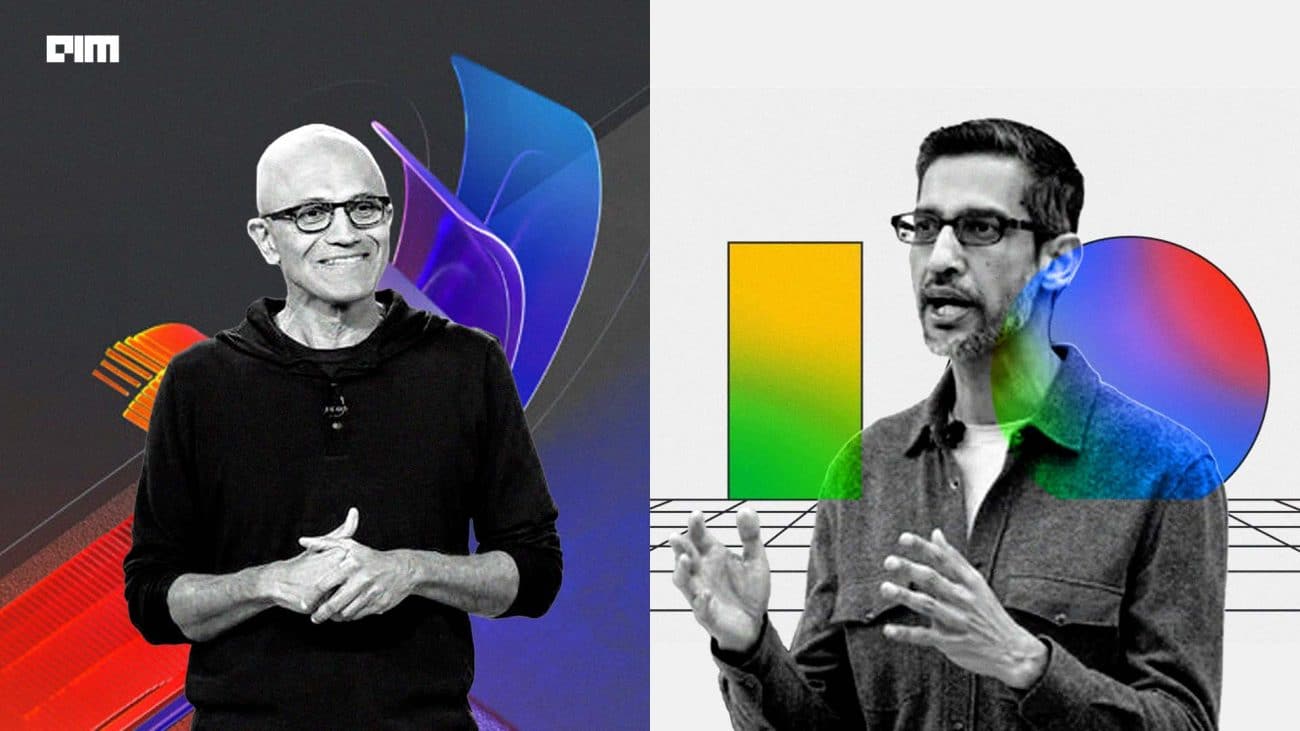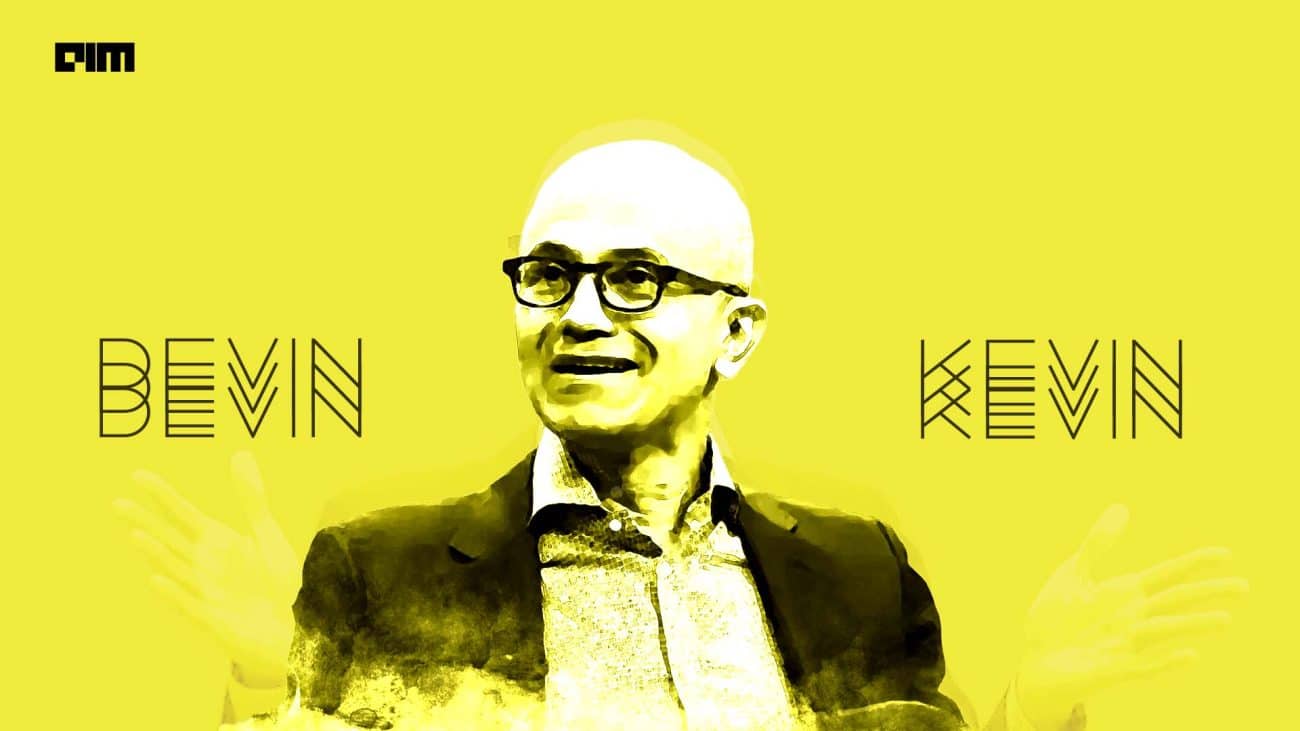Generative AI has the potential to revolutionise business operations. However, for many small and medium-sized businesses (SMBs), the high costs and complex pricing models have been major barriers to adoption.
Additionally, the lack of pricing transparency and the potential for hidden costs make it difficult to compare options and budget accordingly.
Fulcrum Digital, an IT service and enterprise AI organisation, aims to change that with its new Ryze platform and innovative bits-based pricing model. The platform uses LLMs, neuro readers, AI computing, and intelligent chatbots to automate unique business requirements and enable fine-tuning of models without coding expertise.
Fulcrum Digital’s chief AI officer, Sachin Panicker, believes that Ryze’s bits-based pricing model can help overcome barriers.
“We have incorporated an innovative approach that allows us to provide a unified experience for our customers, regardless of the data modality they are working with – be it text, images, audio, or video, and the size of it. Our cost-effective pricing is determined by the number of bits that pass through the Ryze platform,” Panicker explained in a conversation with AIM.
This approach is more granular and flexible compared to token-based pricing, allowing SMBs to better control their costs by only paying for the exact amount of data processed. It also offers more transparency and scalability, enabling businesses to start small and gradually increase their usage as they realise benefits and cost savings.
Differentiation from Similar Offerings
Platforms like OpenAI’s GPT series and Anthropic’s Claude offer general-purpose language models that may require additional fine-tuning for specific industries.
Panicker believes, “Ryze’s efficient training methodology is another standout feature. By leveraging model merging techniques like spherical linear interpolation and model soups, Ryze combines the strengths of multiple smaller pre-trained models without the need for extensive retraining from scratch” making AI more accessible to organisations with limited computational resources.
Although Hugging Face’s BigScience and EleutherAI have explored collaborative training approaches, “Ryze’s focus on efficient model merging sets it apart”.
While IBM Watson and Microsoft Azure provide industry-specific solutions, “Ryze’s comprehensive suite of capabilities under one umbrella and its seamless integration with enterprise data sources make it a compelling choice for businesses looking to adopt AI,” Panicker explained.
It is also suitable for both enterprise-scale deployments and individual projects, setting Ryze apart from platforms like IBM Watson and Microsoft Azure, which focus on enterprise customers with specific industry solutions.
Tailored Solutions for Diverse Industries
Ryze has been built with a focus on six key industries: financial services, insurance, consumer products, food tech, higher education, and e-commerce. This further sets it apart from other generative AI platforms.
Panicker observed that “enterprises had a tough time understanding how to adopt AI”. To address this, he wanted to create “a one-stop shop” that would make it “easier and faster for enterprises to adopt AI”.
The company already has several potential clients and interest from clients who were present at the launch, like PVR INOX Limited, a company in the entertainment and cinema sector; the American Urological Association, indicating a potential healthcare client; WPP Group, a major advertising and communications company and SIMERA SENSE, a satellite payload company.
Ryze has demonstrated promising results across these industries. In insurance, it has been used to “digitise redacted claims and extract data from invoices,” achieving “over 95% accuracy in classifying furniture through its engines that process images and documents”.
In financial services, Ryze powers conversational chatbots and IVRs, allowing users to ask questions in natural language. “Whatever it is, just add it, attach it to Ryze, and let Ryze work its magic,” Panicker said.
“Ryze already has text-to-speech and speech-to-text functionality. Then we build a UI out of it and deploy it as an IVR,” he further stated.
Automating menu planning based on dietary restrictions in food tech and providing product recommendations for sales and operations are other use cases.
Tech Stack
Ryze’s architecture comprises key components like computer vision, OCR, LLMs, a semantic search engine, and adjunct components such as a low-code LLM builder for interactive chatbots and an interface to select the appropriate LLM based on the query automatically.
The platform is entirely built on open-source technologies, aligning with the vision of Panicker. “The fundamental idea has been that we use open source, because I have been a big proponent of open source,” he said.
The Ryze Reader forms the foundation, handling 60% of the processing through three layers: a computer vision layer using OpenCV for enhancing document readability, an OCR layer employing Google’s Tesseract for text extraction, and an LLM layer for understanding the context of the extracted text.
“We have built a prompt engine just for the LLM layer. An English based, natural language-based prompt engine,” Panicker explained. This prompt engine allows Ryze to process any type of document seamlessly.
The structured output from the LLM layer is fed into Ryze’s semantic search engine, which employs RAG customised by Fulcrum Digital. It supports various LLMs, including OpenAI’s GPT-4, LLAMA2, SQL Coder, GenZ, DBRX, Grok, and Fulcrum’s proprietary Ryze LLM.
“We remain dedicated to constantly evaluating and integrating the newest models,” said Panicker, adding that their “configurator empowers customers to seamlessly select and deploy the LLM that best suits their unique needs, which now includes the recently added DBRX and Grok models”.
The search engine creates vectors from the enterprise’s external knowledge base and uses a native database for vectorisation to identify the most relevant information for a given query. Additionally, the platform seamlessly integrates customisable applications tailored to unique business requirements, allowing users to fine-tune models without coding expertise.
Broader Vision
While the company’s immediate vision is to continue evolving Ryze LLM and officially submit it to LLM leaderboards for wider recognition, Panicker looks to contribute to the bigger vision of making India the AI superpower.
“India has the right ingredients to be an AI superpower,” said Panicker. “With our demographic dividend, growing smartphone penetration, and initiatives like Aadhaar and UPI, we can build AI-first systems from the ground up without the limitations of legacy infrastructure.”
Panicker’s views are supported by a recent report from PEAK, which found that 84% of Indian companies use AI in some form, with 98% leveraging it for decision automation.
With India’s unique strengths, supportive policy environment, and focus on responsible development, Panicker is optimistic about the country’s AI future. “We are strategically placed to reap the benefits of AI,” he said. “The future of AI in India is much brighter than anywhere else.”











